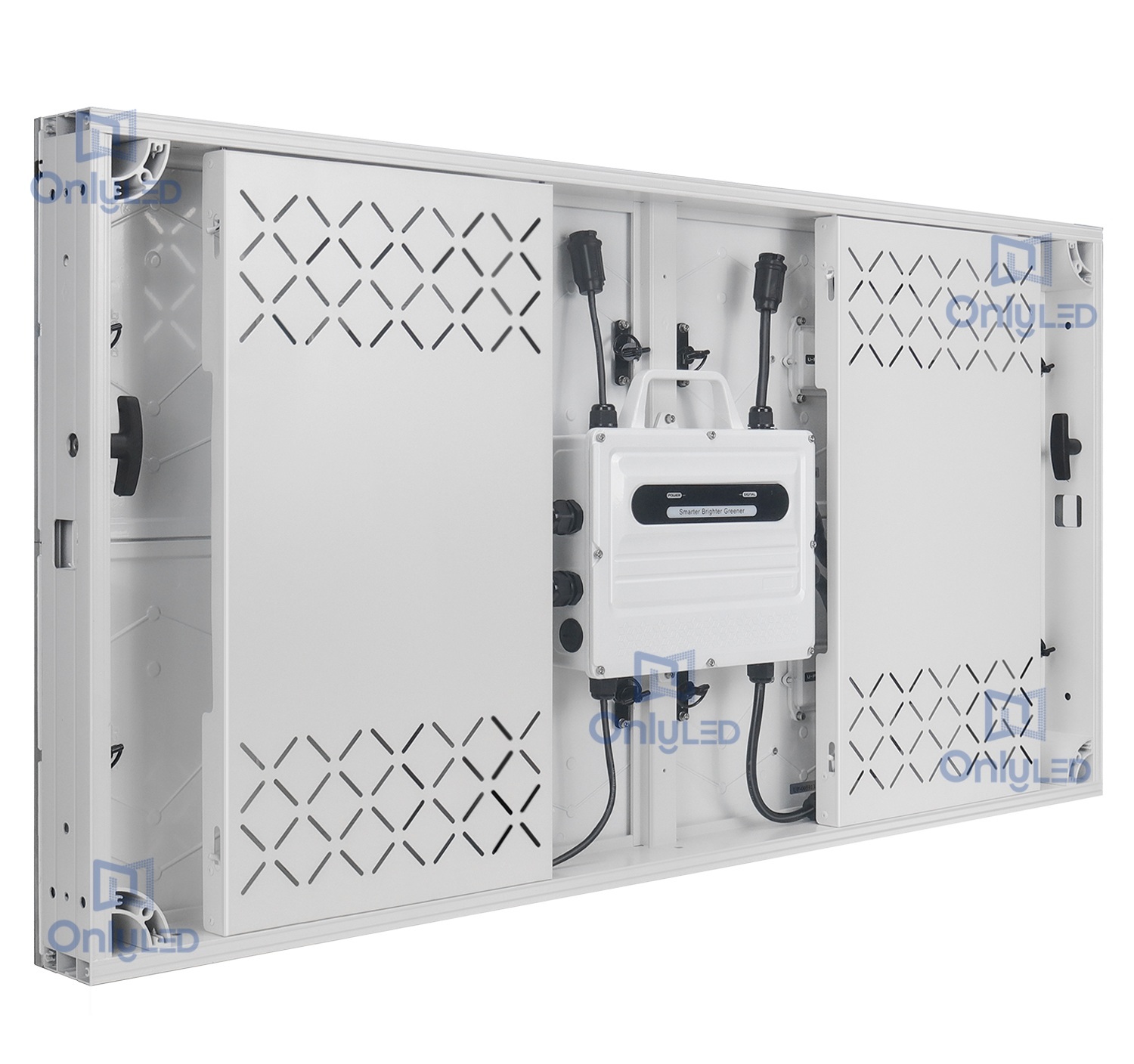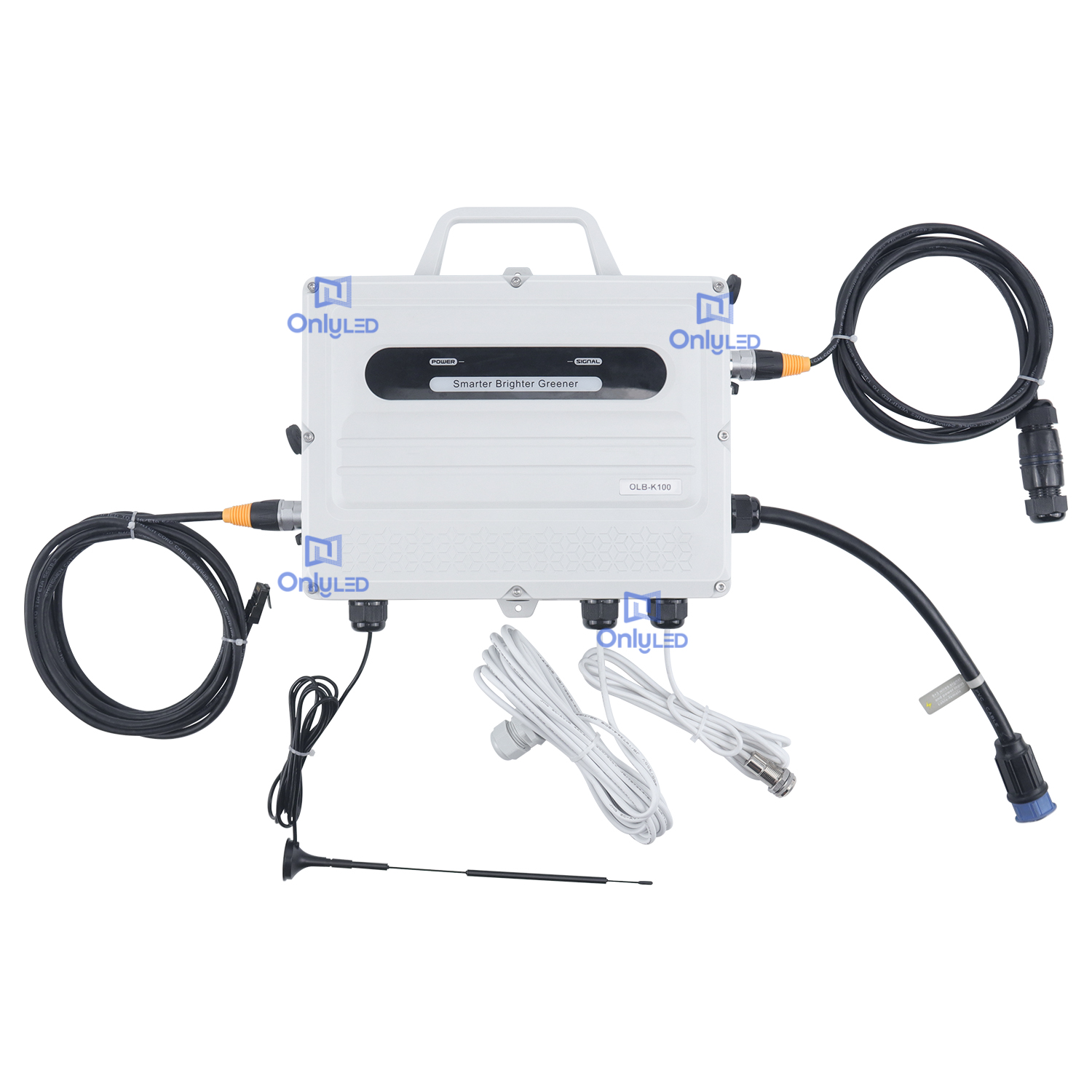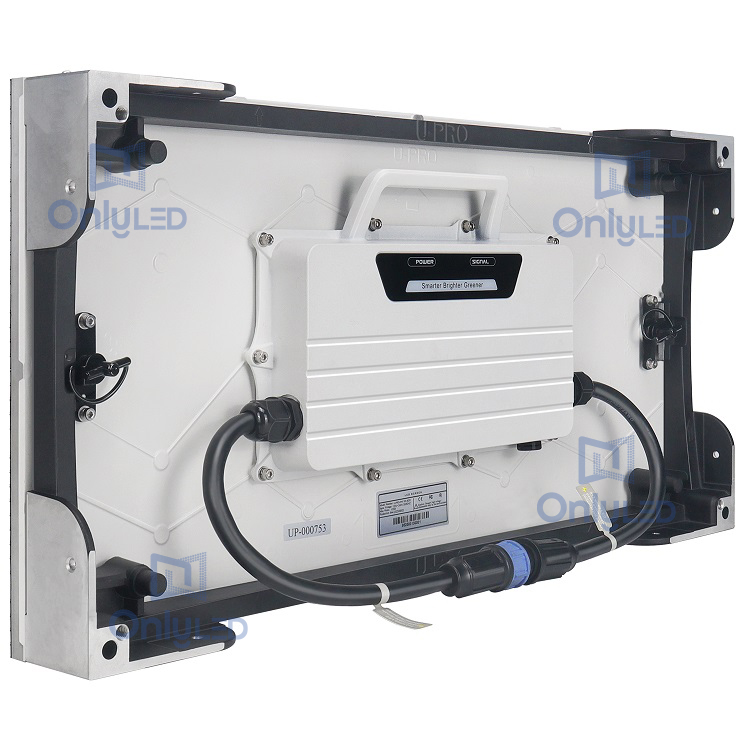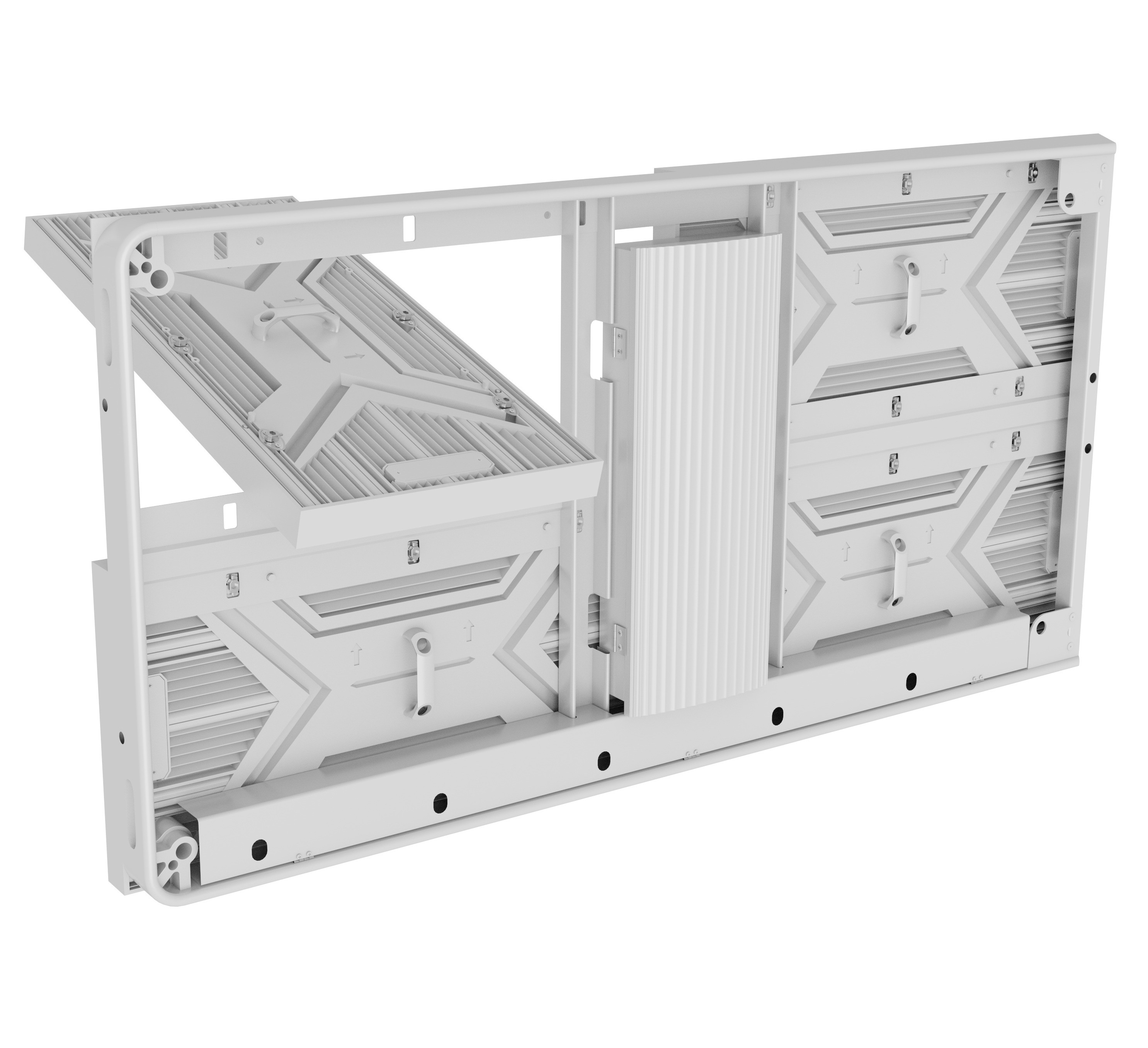Industry News
What is common cathode LED display screens and what are their advantages?
Overview:
After years of development, conventional common anode LED display screens have formed a stable industrial chain, driving the popularity of LED displays. However, there are also shortcomings such as high screen temperature and excessive power consumption. After the emergence of common cathode LED display screen power supply technology, it has attracted high attention in the LED display screen market. This power supply method can achieve a maximum energy saving of 75%, so what is the power supply technology for common cathode LED display screens? What are the advantages of this technology?
1. What is a common cathode LED display screen?
Common cathode "refers to the common cathode power supply method, which is actually an energy-saving technology for LED display screens. It refers to the use of common cathode to power LED display screens, that is, by separating the R, G, and B (red, green, and blue) of LED beads and accurately distributing current and voltage to R, G, and B beads, because the optimal working voltage and current required for R, G, and B (red, green, and blue) beads are different, In this way, the current first passes through the lamp bead and then reaches the negative electrode of the IC, resulting in a decrease in the forward voltage drop and a decrease in the conduction resistance.
2. What is the difference between common anode and common cathode LED displays?
① Different power supply methods:
The common cathode power supply method involves the current passing through the lamp beads first and then to the negative electrode of the IC, resulting in a decrease in the forward voltage drop and a decrease in the conduction internal resistance.
The common cathode current flows from the PCB board to the lamp beads, providing unified power to R, G, and B (red, green, and blue), resulting in an increase in the forward voltage drop of the circuit.
② Different power supply voltages:
common cathode, it will separately provide current and voltage to R, G, and B (red, green, and blue). The voltage requirements for the red, green, and blue light beads are different. The red light bead voltage is required to be around 2.8V, while the blue green light bead voltage is required to be around 3.8V. This power supply can achieve precise power supply with low power consumption, and the heat generated by the LED display screen during operation is much lower.
And common anode provides a unified power supply of voltage higher than 3.8V (such as 5V) to R, G, and B (red, green, and blue). At this time, the voltage obtained from red, green, and blue is the same as 5V. However, the optimal working voltage required for the red, green, and blue light beads is much lower than 5V. According to the power formula P=UI, under the same current, the higher the voltage, the higher the power, which means the greater the power consumption, LED displays also produce more heat during operation.
Why is the heat of the common cathode LED display screen lower?
The special common cathode power supply method of the cold screen reduces the heat generated during the operation of the LED display screen, resulting in a low temperature rise. Under normal circumstances, the temperature of the cold screen in the white balance state and during video playback is about 20 ℃ lower than that of the same model of conventional outdoor LED display screen. For products of the same specification, under the same brightness, the screen temperature of the common cathode LED display screen is more than 20 degrees lower than that of conventional common anode LED display screen products, and the power consumption is more than 50% lower than that of conventional common anode LED display screen products.




